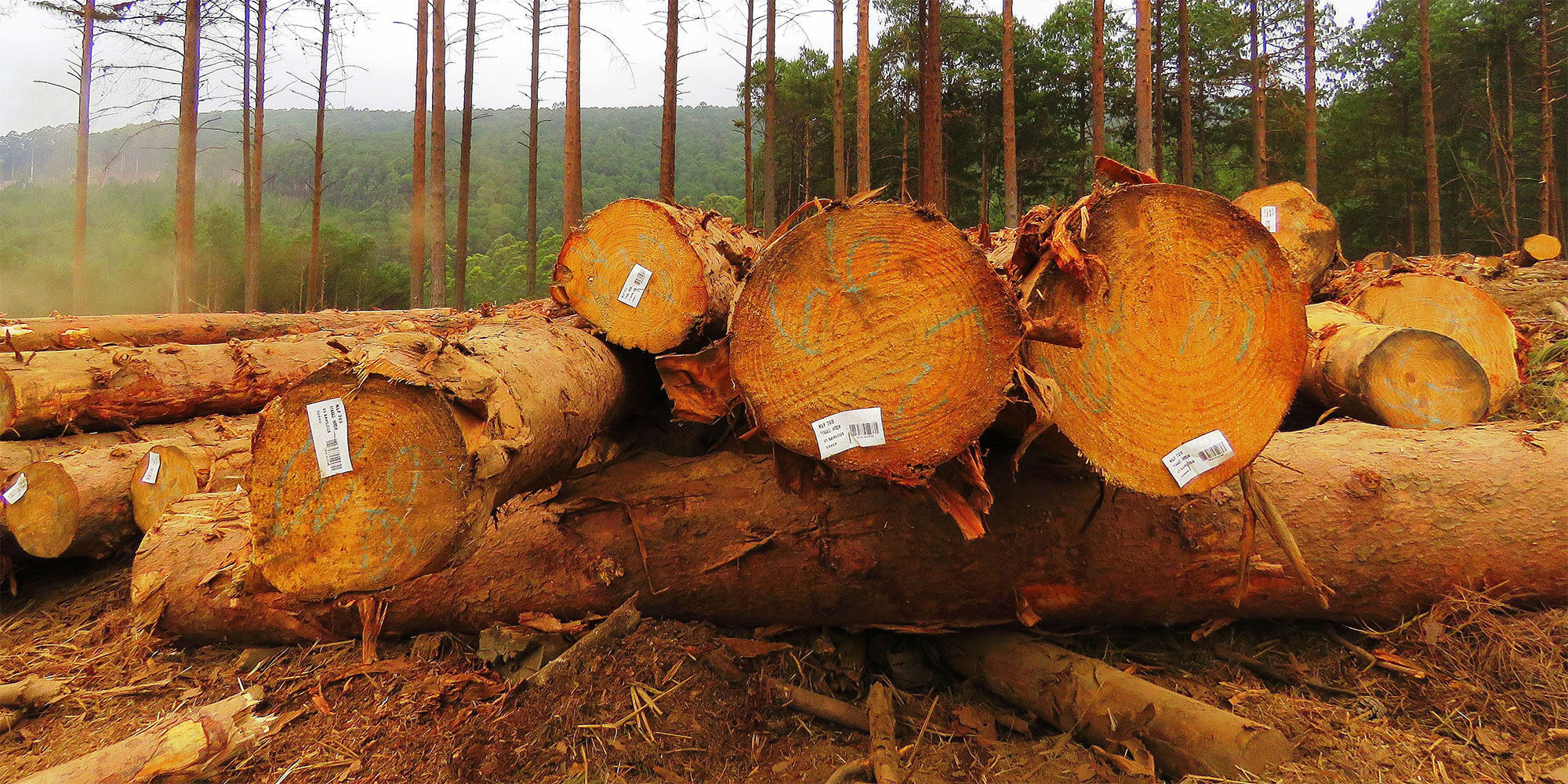Advertisement
We’re seeing the effects of climate change daily across the world. There’s uncontrollable fires such as the ones currently raging in Greece, extreme heat, and flash floods to name but a few related incidents.
Environmentalists, politicians, and climate change experts are calling for change highlighting that if nothing is done, we will all soon face a catastrophe.
There are many trades that are negatively affecting the environment and the building sector – with its reliance on cement – is one of the many industries that needs to change its practices to help keep climate change at bay. But what can be done? And is there an alternative to consider?
What’s the problem with using cement?
Advertisement
The problem with using cement is that it harms the environment. It accounts for an estimated 7% of global carbon emissions and this is more than what aviation industry and the act of deforestation combined, emits.
A senior environmental expert – Myles Allen, an Oxford professor who has served on the UN’s Intergovernmental Panel on Climate Change (IPCC) – is calling for urgent regulation in the cement industry to eliminate its carbon emissions.
What can the cement industry can do?
It’s claimed that eliminating emissions from cement production is an elusive goal because of the very nature in which the material is made (heating limestone to high temperatures in kilns).

There are some efforts being made to reduce carbon emissions. Andy Spencer, VP Corporate Affairs, Sustainability & ERM for CEMEX was quoted as saying that the company is changing the formulation of concrete using lots of alternative materials. He adds: ‘…and then the final piece that we cannot yet offset from here, we are using a certified carbon offset scheme.’
Is building with wood the answer?
Developers have a choice when it comes to building materials. While cement or concrete is often a preferred choice there is a growing momentum towards using wood as a building material to save the environment.
Roy Southey, executive director of Sawmilling South Africa, says: ‘We need to get away from the notion that building with wood is reserved for tool sheds or log cabins.’
‘Timber is often overlooked by developers and architects as a viable, low carbon material for the local built environment. Yet it ticks several boxes, not least of which being renewability.’
Deforestation risk?
According to Sawmilling South Africa, it is a myth that timber production causes deforestation. ‘Deforestation is very different to sustainable forestry,’ explains Southey. ‘Deforestation is the removal of trees or clearing of forests for commercial development, housing, firewood or agriculture without replanting.’
According to Forestry South Africa, only 6% of the country’s total plantation area – which equals 1.2 million hectares – is harvested annually. Felled trees are replaced in the same year by saplings, often at a ratio of 2:1. This means there is a constant supply of trees for productive purposes for years to come – all of them are sequestering (absorbing and storing) carbon as they grow.
Being good with wood
There are many benefits to building with wood. For starters, it will help to encourage the replanting of trees as the demand grows. Trees, of course, are good for the environment as they’re nature’s best carbon captors.
Sawmilling South Africa points out that this carbon remains stored in the wood – whether it’s made into paper, a roof truss or engineered into cross-laminated timber for high rise buildings.

Wood also offers excellent thermal insulation value – it can act as a humidity regulator, absorbing moisture in wet conditions and releasing them when dry.
There’s a well-being element to wood too. ‘One only needs to think how good you feel in a wooded area, green space or a timber building,’ Southey says, alluding to the psychological hypothesis of ‘biophilia’.
Finally, there’s the economic benefits of wood to consider as well. According to Sawmilling South Africa, the forestry value chain contributes R69 billion to the local economy annually with sawmilling supporting approximately 30,000 people in predominantly rural communities.
Southey adds: ‘Timber as a mainstream construction material is gaining momentum globally however perceptions need to be changed in South Africa. Wood is versatile and lightweight making it ideal for modular volumetric prefabrication of low-income housing as well as larger homes and multi-storey buildings.
‘All factors considered, wood brings something special, but it can have a greater purpose – to reduce carbon emissions and provide us with durable built environments.’



